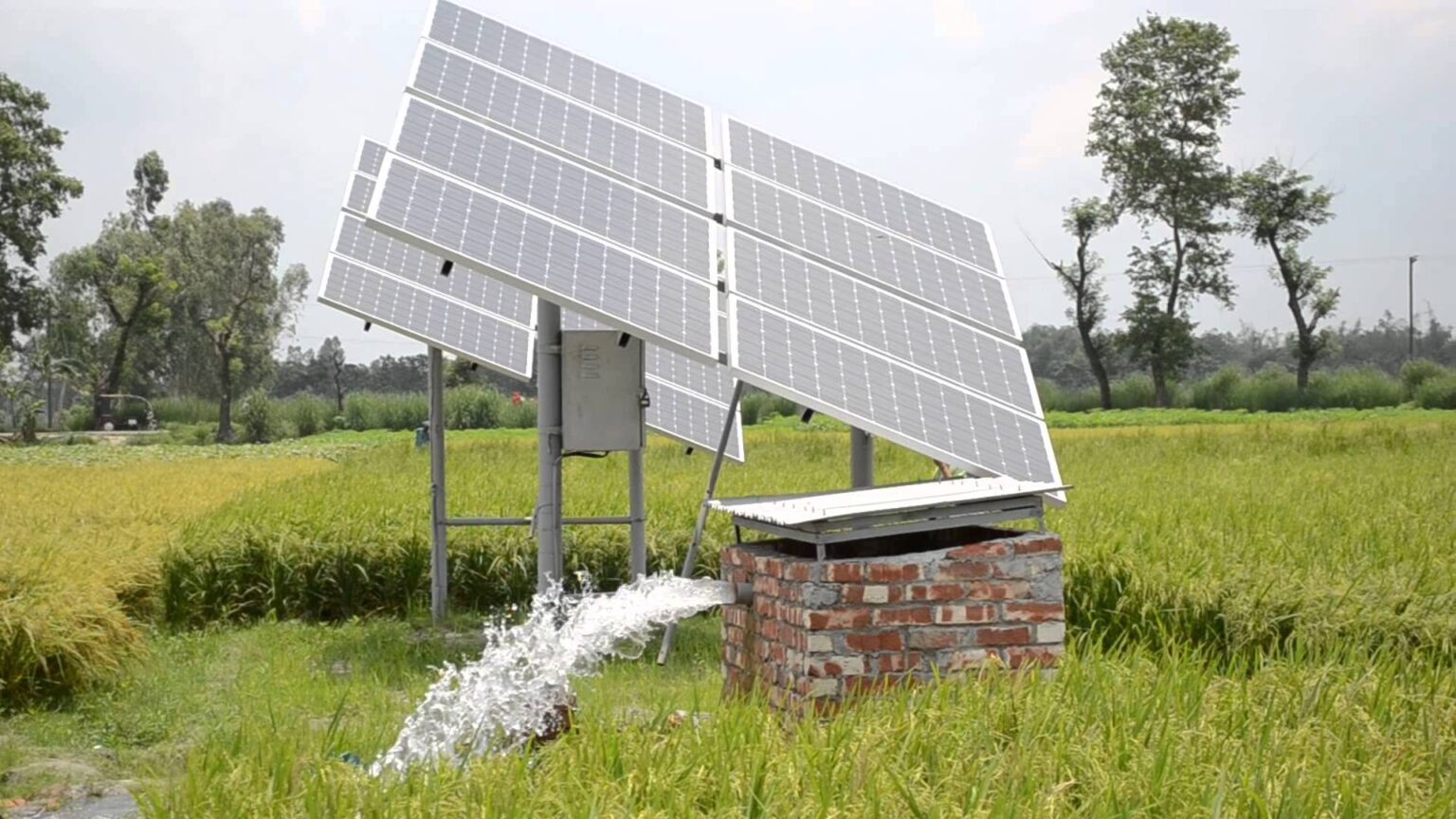In recent years, the agriculture sector has witnessed a significant shift towards sustainable practices, driven by the need to mitigate climate change and ensure food security. One such innovation revolutionizing farming practices is solar-powered irrigation systems. These systems leverage solar energy to pump water for irrigation, offering numerous benefits over traditional methods.
Introduction to Solar-powered Irrigation Systems
Solar-powered irrigation systems utilize photovoltaic panels to convert sunlight into electricity, which powers pumps to draw water from a source such as a well or a reservoir. This sustainable approach to irrigation has gained traction globally due to its eco-friendly nature and cost-effectiveness.
Components of Solar-powered Irrigation Systems
The key components of a solar-powered irrigation system include solar panels, a pumping system, water storage tanks, and a distribution network. Solar panels harness sunlight and convert it into electricity to power the pumps, which then distribute water to the fields through drip or sprinkler systems.
Advantages of Solar-powered Irrigation Systems
One of the main advantages of solar-powered irrigation systems is their environmental sustainability. By harnessing renewable energy, these systems reduce greenhouse gas emissions and dependence on fossil fuels. Additionally, they offer cost savings over time by eliminating the need for expensive diesel or electricity to power pumps.
Challenges and Limitations
Despite their numerous benefits, solar-powered irrigation systems also face challenges. The initial cost of installation can be prohibitive for small-scale farmers, and technical issues such as system sizing and maintenance requirements need to be addressed.
Case Studies and Success Stories
Several success stories demonstrate the transformative impact of solar-powered irrigation systems on agriculture. For example, in regions with unreliable electricity grids, these systems have enabled farmers to irrigate their fields consistently, leading to higher crop yields and improved livelihoods.
Future Trends and Innovations
Technological advancements continue to drive innovation in solar-powered irrigation systems, making them more efficient and affordable. Integration with other renewable energy sources such as wind and hydropower holds promise for further enhancing their sustainability.
Government Policies and Incentives
Many governments around the world are incentivizing the adoption of solar-powered irrigation systems through supportive policies and subsidies. These initiatives aim to promote sustainable agriculture practices and reduce the environmental impact of farming.
Comparison with Traditional Irrigation Methods
Compared to traditional irrigation methods, solar-powered systems offer higher efficiency and reliability. They can operate independently of the grid, making them suitable for remote and off-grid areas where access to electricity is limited.
Environmental Impact Assessment
Solar-powered irrigation systems contribute to the reduction of carbon emissions and promote the conservation of water resources. By harnessing clean energy from the sun, they help mitigate the environmental impact of agricultural activities.
Tips for Implementing Solar-powered Irrigation Systems
Successful implementation of solar-powered irrigation systems requires careful planning and execution. Factors such as site selection, system sizing, and regular maintenance play a crucial role in maximizing the efficiency and effectiveness of these systems.
Future Prospects and Growth Potential
The adoption of solar-powered irrigation systems is expected to continue growing in the coming years, driven by increasing awareness of climate change and the need for sustainable farming practices. This trend has the potential to positively impact food security and rural development worldwide.
Community and Social Implications
Beyond their environmental and economic benefits, solar-powered irrigation systems have significant social implications. By empowering local communities with access to reliable water sources for agriculture, these systems contribute to sustainable development and poverty alleviation.
Addressing Common Concerns
Concerns such as water scarcity and energy storage are being addressed through technological innovation and improved system design. Advances in water-efficient irrigation techniques and battery storage solutions are making solar-powered systems more resilient and adaptable to varying environmental conditions.
Expert Opinions and Insights
Industry experts emphasize the importance of continued investment in research and development to further enhance the efficiency and affordability of solar-powered irrigation systems. Collaboration between governments, academia, and the private sector is essential to drive innovation and expand access to these technologies.
Conclusion
Solar-powered irrigation systems offer a sustainable solution to the challenges facing modern agriculture. By harnessing the power of the sun to irrigate crops, these systems promote environmental stewardship, economic prosperity, and social equity. As we strive to build a more resilient and sustainable food system, solar-powered irrigation systems will play a vital role in shaping the future of agriculture.
Unique FAQs
Are solar-powered irrigation systems suitable for all types of crops? Solar-powered irrigation systems can be adapted to suit a wide range of crops, from fruits and vegetables to cereals and cash crops. However, factors such as water requirements and climatic conditions must be considered when selecting the appropriate irrigation method.
How long do solar panels typically last in a solar-powered irrigation system?Solar panels are designed to last for several decades with proper maintenance. Most manufacturers offer warranties ranging from 20 to 25 years, ensuring the long-term reliability of solar-powered systems.
What are the maintenance requirements for solar-powered irrigation systems? Regular maintenance of solar-powered irrigation systems involves cleaning the solar panels to ensure optimal sunlight absorption, checking for any leaks or damage in the pumping system, and monitoring battery health for off-grid installations.
Can solar-powered irrigation systems operate during cloudy or rainy weather? While solar-powered irrigation systems rely on sunlight to generate electricity, they can still operate to some extent during cloudy or rainy weather. However, their efficiency may be reduced, especially in areas with limited sunlight.
How do solar-powered irrigation systems contribute to water conservation? Solar-powered irrigation systems promote water conservation by optimizing water use through techniques such as drip irrigation and soil moisture monitoring. By delivering water directly to the root zone of plants, these systems minimize water wastage and maximize crop yield.
